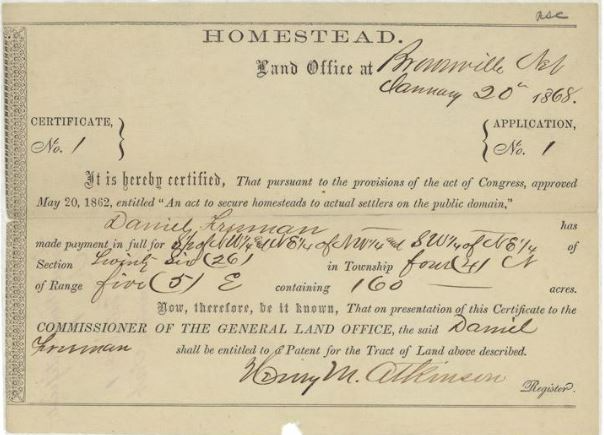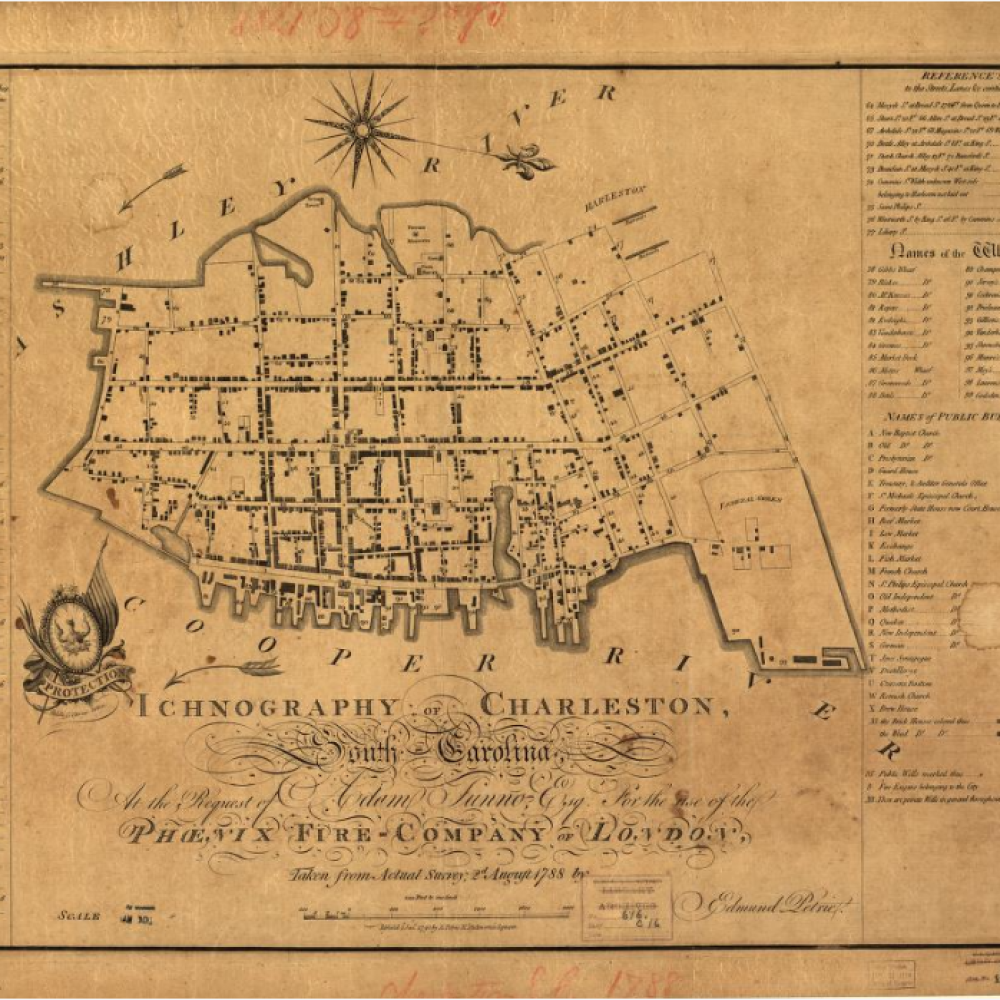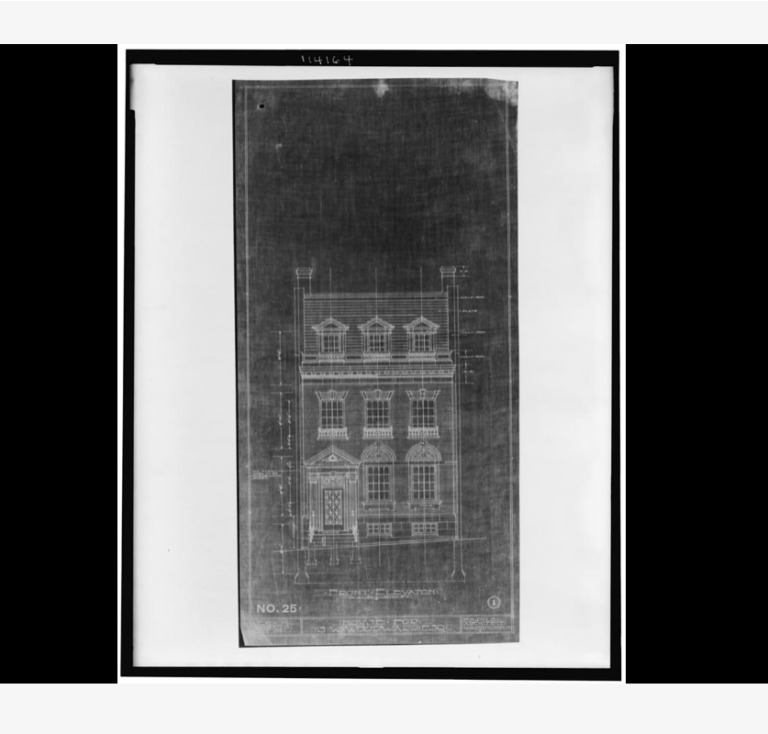Exploring the history of your historic home is like putting together a puzzle. Each piece of information you uncover adds to the complete picture of your home’s unique story. This guide will walk you through the steps to uncover the historical narrative of your home, combining a straightforward approach with just a hint of the excitement that comes with each discovery.
Starting Your Search
Begin with the basics: property deeds and land records. These documents can provide a timeline of ownership and potentially, clues to significant changes made to the property over time. Your local county clerk’s office is the place to start, where such records are typically held.
Additionally, examining architectural plans and building permits, if available, can offer insights into the original design and subsequent modifications of your home. These can sometimes be found at city planning offices or historical archives, offering a glimpse into the architectural intentions and changes over the years.
Visiting your local historical society can also yield valuable insights. These organizations often have archives filled with old photographs, maps, and documents related to the area’s properties. They can offer context about your home’s historical significance and its role within the community. Engaging with these societies can also connect you with experts and enthusiasts who share a passion for historical preservation and may provide further leads or resources for your research.

Utilizing Digital Resources

National Register of Historic Places: Being listed on this register is a hallmark of recognition for a property’s historical and architectural importance. The online database provides comprehensive details about listed properties, including their architectural style, significant historical events associated with them, and the criteria for their inclusion on the Register. This can be an invaluable resource for understanding the national significance of your home and its preservation status.
Historical Newspaper Archives: Digital platforms like Chronicling America, a project of the Library of Congress, give you access to a vast collection of historical newspapers from across the United States. These archives can reveal fascinating stories about your home, such as its construction, notable former residents, social gatherings hosted there, and historical events that took place in or around the property. Newspaper articles can also offer insights into the architectural trends and community developments of the time, providing a richer context for your home’s history.
-
Historic Maps and Photograph Collections: Websites like the David Rumsey Map Collection or the Library of Congress’s digital collections include historic maps and photographs that can show the evolution of your property’s surroundings over time. These visuals can help you understand changes in the property lines, neighborhood development, and even landscape alterations.
-
Architectural and Preservation Societies’ Databases: Many architectural preservation societies maintain extensive online databases and digital collections focused on historic buildings and architectural heritage. Organizations such as the Society for the Preservation of Historic Buildings or the National Trust for Historic Preservation offer resources that include photographs, architectural drawings, and detailed histories of properties. These databases are invaluable for understanding the architectural significance of your home, learning about preservation techniques, and finding inspiration from other restoration projects.
Genealogy Websites: Platforms such as Ancestry.com or FamilySearch.org can be useful for tracking down previous owners of your home and learning about their lives. This personal dimension adds depth to your home’s narrative, connecting the architectural history with the stories of those who lived there.
Local Government Archives: Many local governments have digitized their archives, offering access to property tax records, historic building permits, and zoning changes. These documents can reveal the chronological sequence of modifications to your home and provide legal insights into its use and ownership over the years.
-
Social History and Cultural Heritage Sites: Resources like the Digital Public Library of America (DPLA) offer access to a wide range of materials, including books, photographs, and artifacts, that can provide context on the social and cultural history of the area around your home. This broader perspective can help you understand how your home fits into the larger story of your community or region, including insights into historical lifestyles, community structures, and regional developments.
- University and College Digital Collections: Academic institutions often have digital archives and collections that can be a goldmine for historical research. These collections may include thesis papers, architectural studies, and historical surveys that provide in-depth analyses of specific properties or architectural styles present in your area. Accessing these resources can offer a scholarly perspective on your home’s architectural style, historical context, and significance within the academic community


